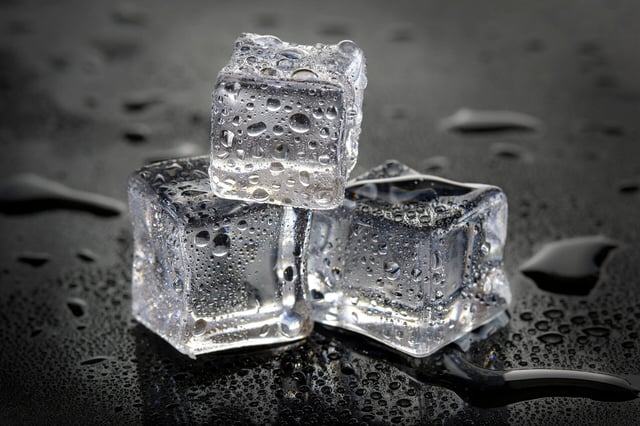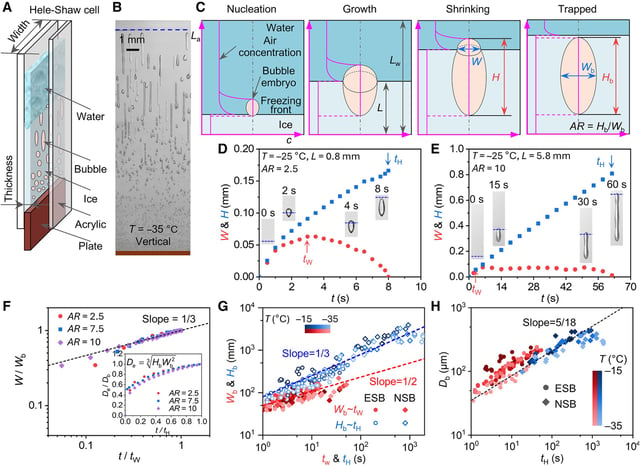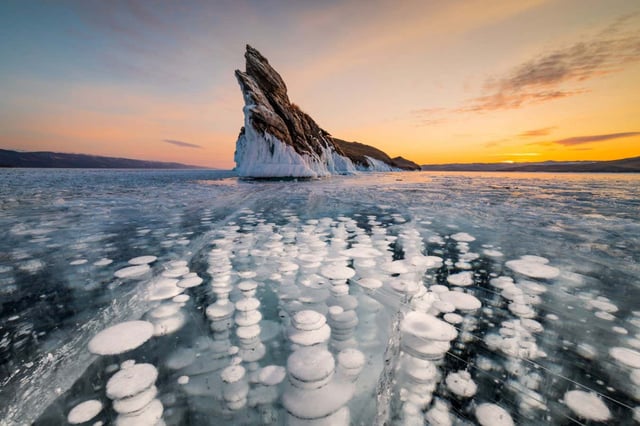Overview
- A paper in Cell Reports Physical Science details how researchers at Beijing Institute of Technology encode messages in ice by manipulating freezing rates to form specific bubble patterns.
- By assigning bubble sizes, shapes and positions to binary values, the team stored digital messages whose length exceeded that of Morse code by tenfold.
- Decrypting frozen messages involves photographing ice, converting images to grayscale and using automated detection of bubble attributes.
- The method offers low-energy, covert data storage in polar regions such as Antarctica and the Arctic where conventional media fail.
- Applications could extend to manufacturing sectors like metal smelting and de-icing, and future tests will explore gas types and three-dimensional bubble formation.



